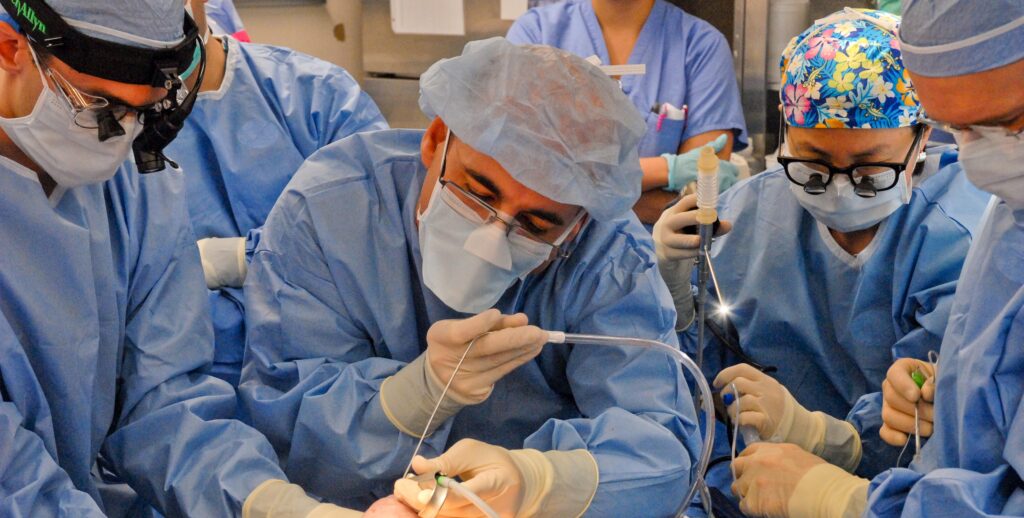It’s heartbreaking when a child or fetus has a complex medical disorder. There is no “one size fits all” treatment plan, and no single medical specialty that can effectively treat the child. That’s precisely why families from around the world come to St. Louis Children’s Hospital, where the use of multidisciplinary teams is expanding, having demonstrated the team approach delivers the best personalized care.
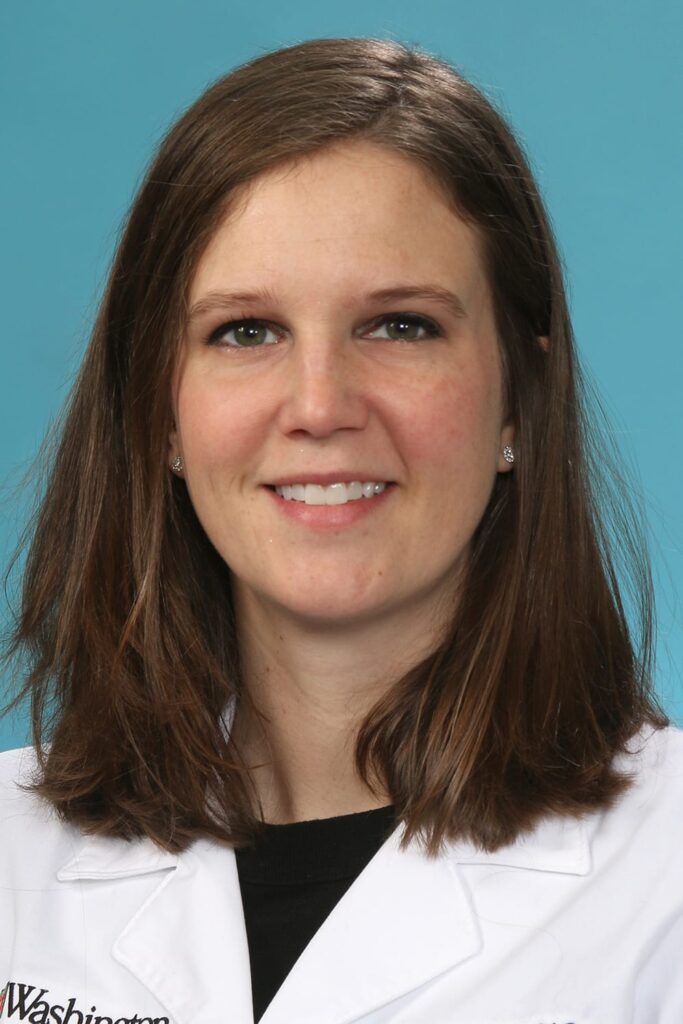
Multidisciplinary clinics allow patients to be seen by several specialists concurrently or on the same day. It also facilitates communication between specialists focused on individual patient needs. In the Department of Otolaryngology at Washington University, the pediatric division is expanding its involvement in multidisciplinary clinics to better care for pediatric patients with complex disorders.
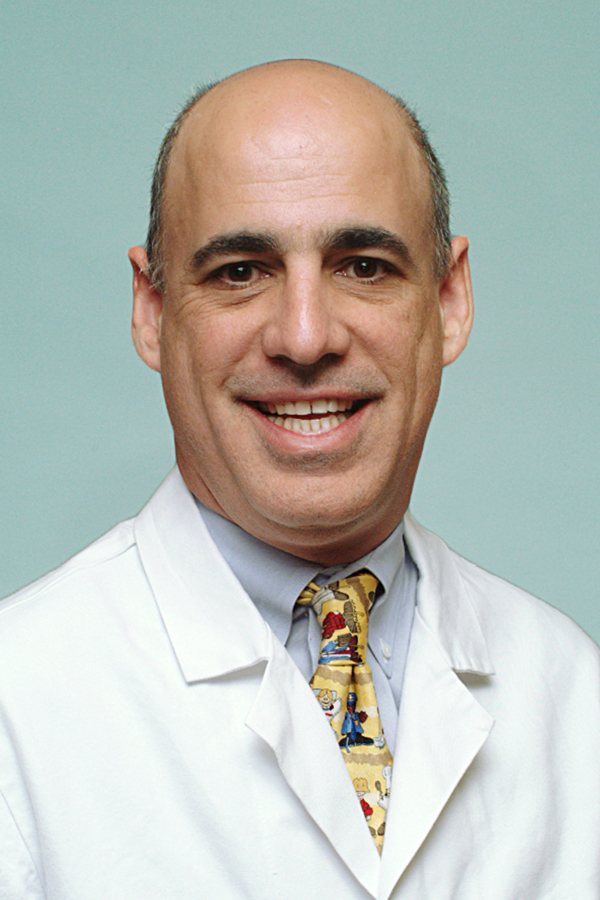
“Our department has long been committed to the idea of multidisciplinary care,” says Kate Dunsky, MD, pediatric ENT specialist. “While the oldest and most well-established – with a large national reputation – is our Cleft and Craniofacial Clinic, we are involved in a number of other clinics.”
David Molter, MD, professor of otolaryngology and pediatric specialist, has led the ENT component of many of those clinics. He concurs the list of multidisciplinary clinics is rather extensive and includes:
- Cochlear implant team
- Cleft and craniofacial clinic
- 22q deletion clinic
- Down syndrome clinic
- Vascular anomalies clinic
- PCD and rare lung disease clinic
- Late effects hematology/oncology team
- Solid tumor board
- Difficult airway team
- Home ventilator team
- Multidisciplinary sleep clinic
- Fetal care conference
“We have taken our long history in the cleft and craniofacial clinic as a guide for our broader efforts,” Molter says. “We now lead or participate in at least a dozen multidisciplinary teams. It really makes one appreciate the strengths of our colleagues at St. Louis Children’s Hospital.”
Fetal care is certainly one area that requires the unique strengths of multidisciplinary teams.
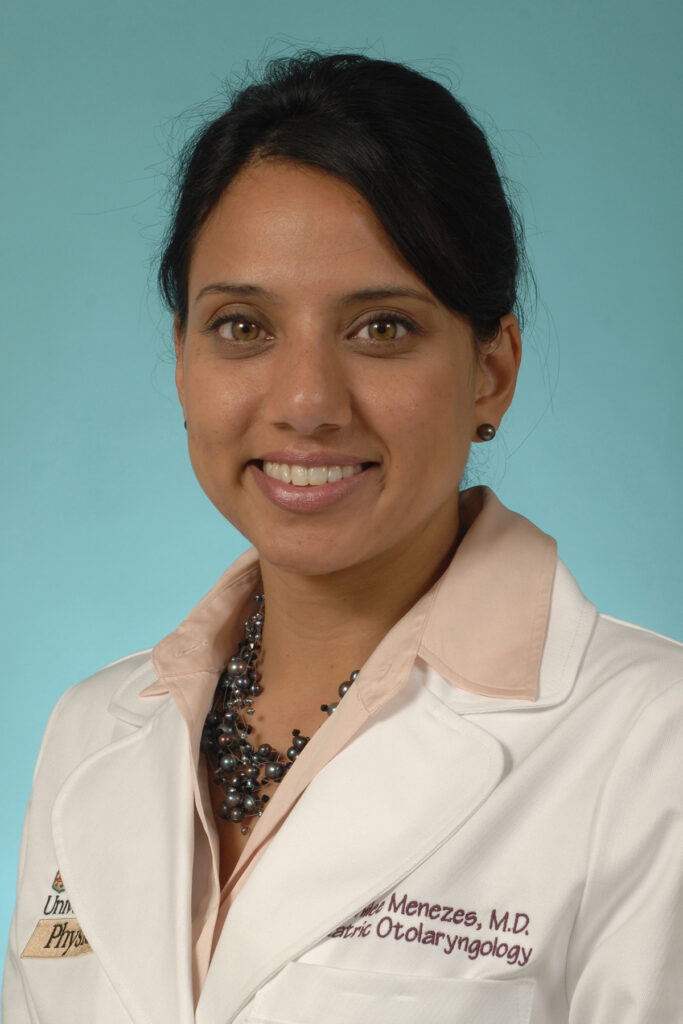
“Team care can start before birth when patients are identified in utero with having potential airway challenges,” says Maithilee Menezes, MD, another pediatric ENT specialist in the department. “Babies with congenital high airway obstruction can undergo an EXIT procedure, which offers surgical correction at the time of birth.”
“An EXIT procedure is a highly coordinated, complicated procedure,” explained Menezes. “Typically, obstetric anesthesia, high risk maternal fetal medicine, pediatric general surgery, pediatric anesthesia, pediatric ENT, and neonatology are all involved during the care and planning for this event.”
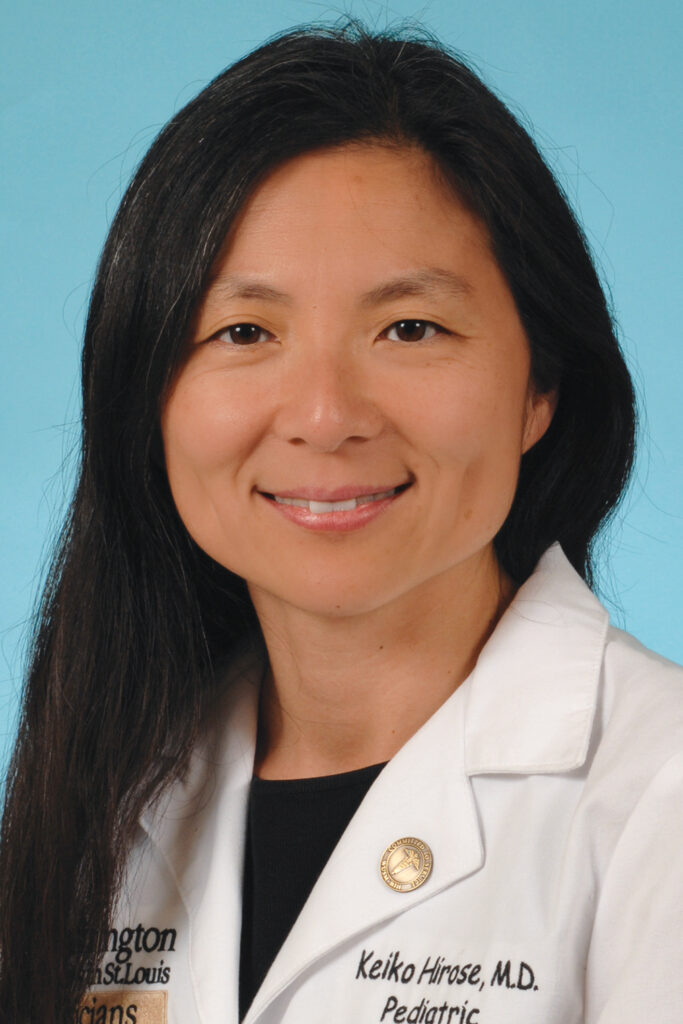
New multidisciplinary clinics are created to meet ongoing needs of the pediatric ENT patient population. The last two years has seen the addition of a multidisciplinary sleep clinic, and formalization of a long-standing multidisciplinary aerodigestive center.
Drs. Dunsky and Menezes are also involved with a multi-institutional effort to better characterize patients with Primary Ciliary Dyskinesia (PCD), a rare genetic disorder that prevents mucous clearance from the airways. This has now become part of the multidisciplinary PCD and rare lung disease center.
“We are very proud of our multidisciplinary efforts,” says Keiko Hirose, MD, division chief, Pediatric Otolaryngology. “It is one of the primary reasons St. Louis Children’s Hospital is the go-to institution for complex pediatric care in the Midwest.”
